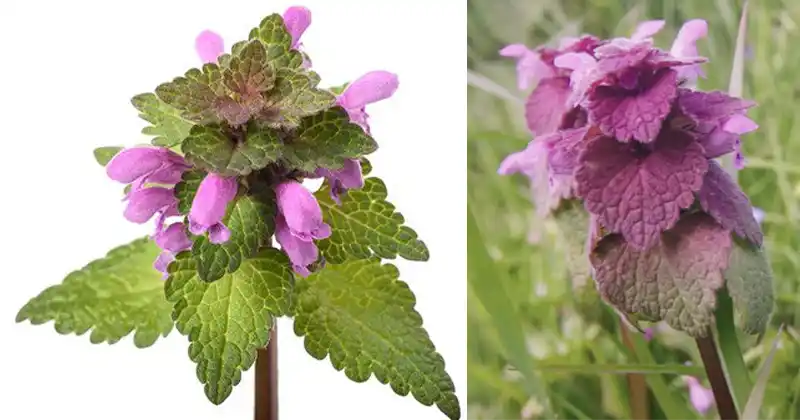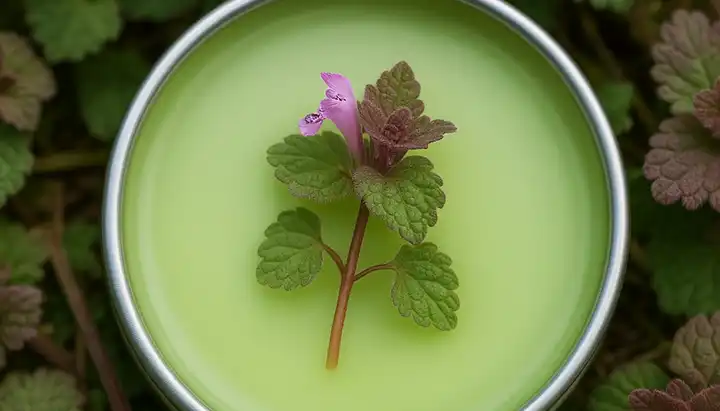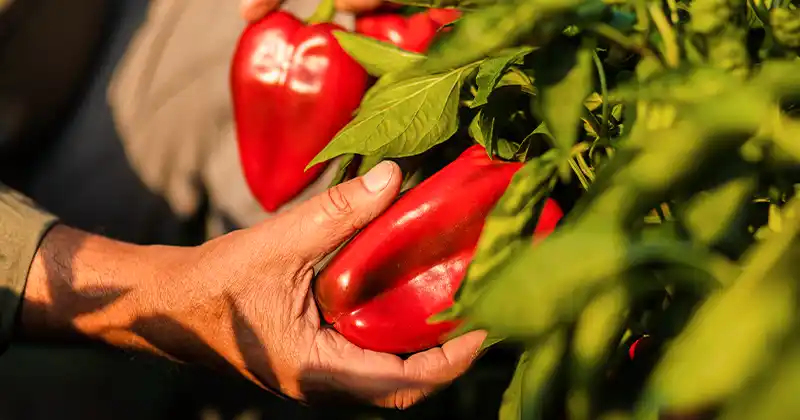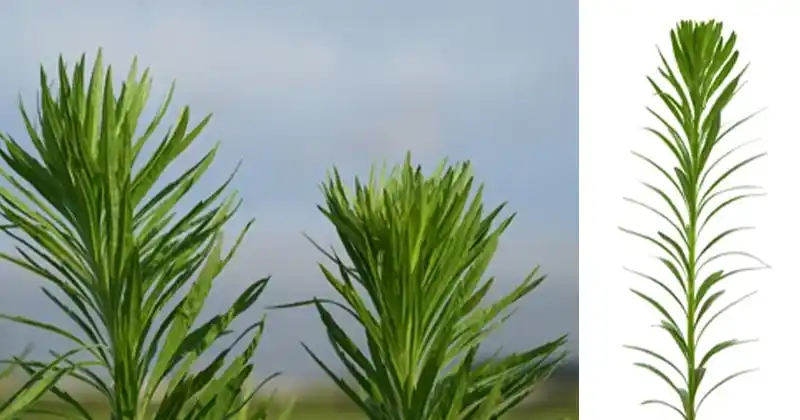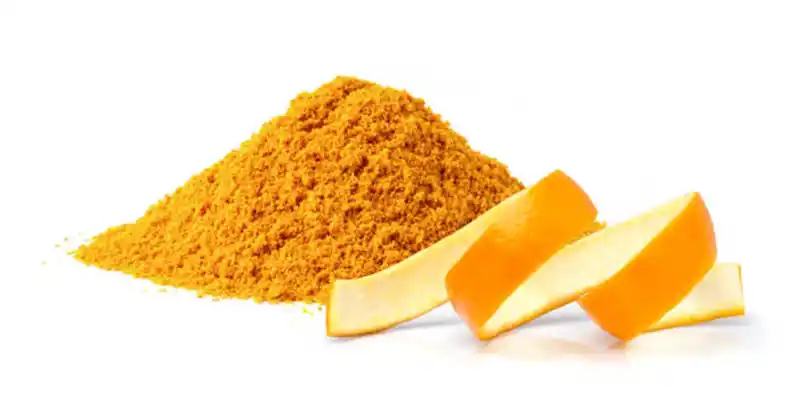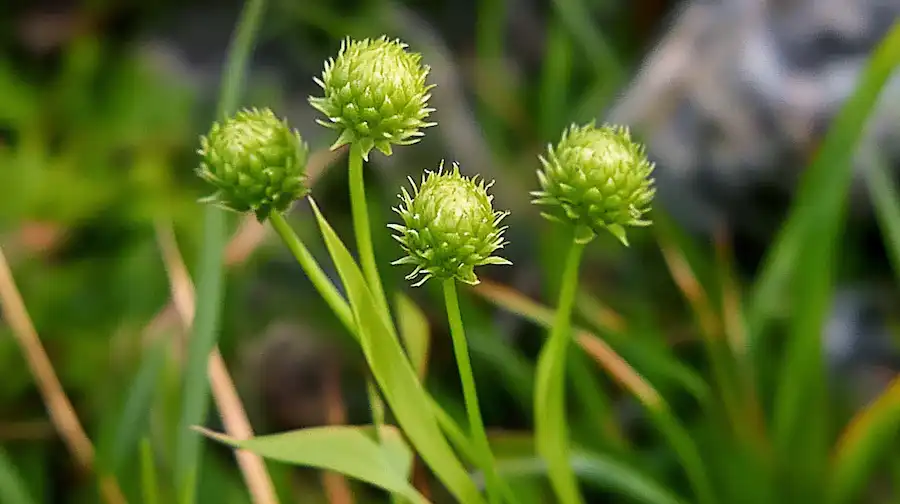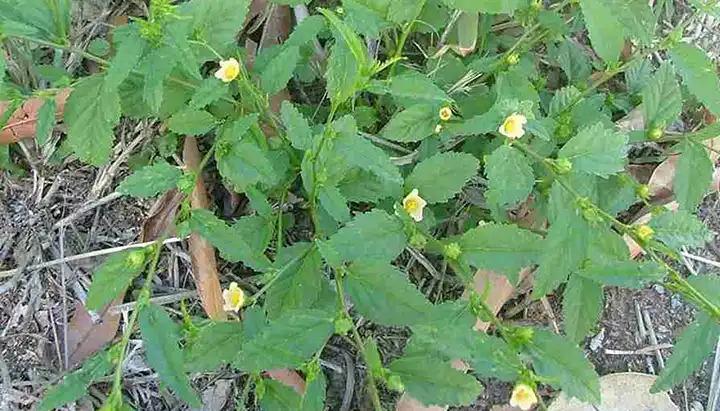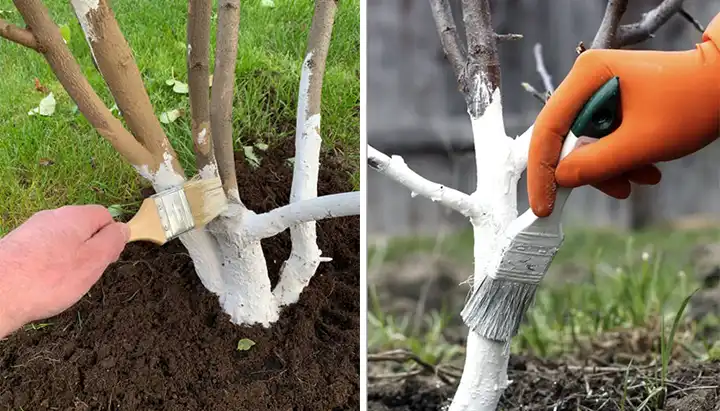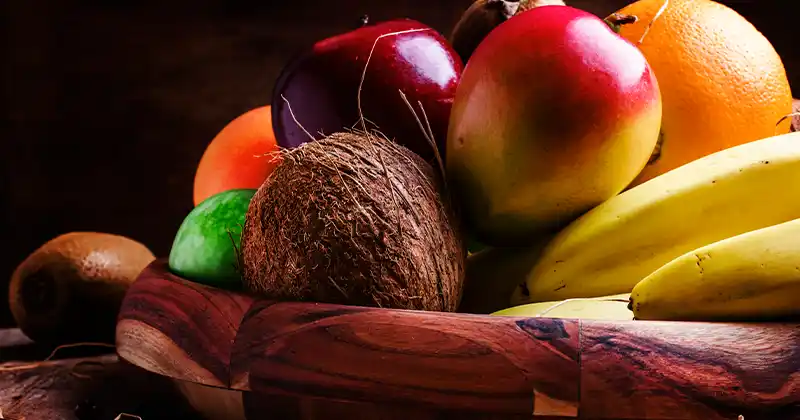Unlock the Power of Grafting: Grow Healthier, More Productive Tomatoes

Are you an avid gardener looking to elevate your tomato growing game? Grafting might be the secret weapon you need to cultivate healthier, disease-resistant, and more productive tomato plants. Whether you’re a seasoned gardener or a novice, grafting offers a unique way to combine the best traits of different tomato varieties, resulting in robust plants that can thrive in various conditions. This comprehensive guide will walk you through the process of tomato grafting and highlight its numerous benefits.
What is Tomato Grafting?
Tomato grafting is a horticultural technique where the top part (scion) of one tomato plant is joined to the root system (rootstock) of another. This method combines the desirable fruiting characteristics of the scion with the disease resistance and vigor of the rootstock, creating a plant that offers the best of both worlds.
Why Graft Tomatoes?
Grafting tomatoes presents several advantages:
- Disease Resistance: By using a disease-resistant rootstock, you can significantly reduce the chances of soil-borne diseases such as Verticillium wilt, Fusarium wilt, and root-knot nematodes affecting your plants.
- Improved Yield: Grafted plants often show enhanced vigor and higher yields due to the robust root system.
- Versatility: You can grow multiple varieties on a single plant, maximizing space and diversifying your harvest.
- Stress Tolerance: Grafted tomatoes are more resilient to environmental stressors like drought and temperature fluctuations.
Step-by-Step Guide to Grafting Tomatoes
Materials Needed:
- Two tomato plants: one for the rootstock and one for the scion
- Razor blade or grafting knife
- Grafting clips
- Tall plastic dome with ventilation slots
- Tray with water
- Bamboo stake
Instructions:
1. Select Your Plants:
- Choose a young, healthy tomato plant for your rootstock, preferably one with known disease resistance.
- Select a desired variety for the scion that you wish to grow.
2. Prepare the Rootstock:
- On May 5th, or a similar date in your region, make a horizontal cut on the rootstock plant using a clean razor blade.
- Follow this with a vertical cut in the stem to create a slot for the scion.
3. Prepare the Scion:
- Make a horizontal cut on the scion plant and shorten the stem slightly.
- Shave the sides of the scion stem to form a point or an arrow, ensuring more contact points for grafting.
4. Graft the Plants:
- Insert the scion into the slot of the rootstock.
- Secure them together using a grafting clip.
5. Create Optimal Conditions:
- Place the grafted plant in a tray with water and cover it with a tall plastic dome to maintain high humidity.
- Keep the ventilation slots closed initially to preserve humidity.
- Move the tray to a warm, dark location (70-80°F) to facilitate graft union formation.
6. Gradual Acclimatization:
- After about four days, introduce the plant to weak light and gradually open the ventilation slots.
- After a week, move the grafted plant to a greenhouse.
7. Transplanting:
- Once the graft is healed and the plant shows new growth, transplant it into your garden.
- Dig a hole in the soil, avoiding planting directly into mulch or wood chips.
8. Care and Maintenance:
- Secure the plant with a bamboo stake and tie the top variety to prevent wind damage.
- Regularly water and fertilize the plant, using a balanced organic fertilizer.
Success Story: Red Zebra and Blue Cream Berry
In one successful experiment, a Red Zebra tomato variety was grafted onto a Blue Cream Berry rootstock. The results were remarkable: the Red Zebra variety, typically prone to disease, thrived thanks to the disease resistance provided by the Blue Cream Berry rootstock. The plant produced an abundant harvest of two different tomato varieties from a single plant, showcasing the potential of grafting.
Tips for Successful Grafting
- Choose Compatible Varieties: Ensure that the rootstock and scion are compatible for better grafting success.
- Maintain Cleanliness: Use sterile tools and practice good hygiene to prevent infection.
- Monitor Humidity and Temperature: Proper environmental conditions are crucial for the graft union to heal.
- Prune and Support: Regularly prune suckers and provide adequate support to the grafted plant to encourage healthy growth.
Grafting tomatoes is a fascinating and rewarding practice that can transform your gardening experience. By combining the strengths of different tomato varieties, you can enjoy healthier plants, higher yields, and a diverse tomato harvest. Whether you face challenges with soil-borne diseases or simply want to maximize your garden space, grafting offers a practical solution.
Give grafting a try this season and experience the joy of growing resilient, productive tomatoes. Happy gardening!
